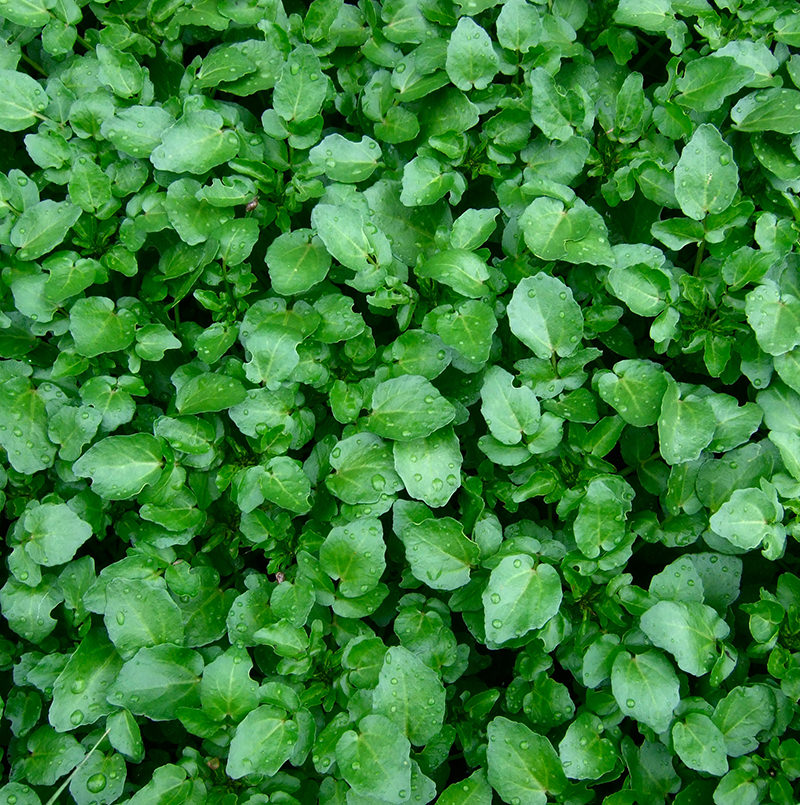

It’s rained so much here in Ohio this summer that the prevailing joke among farmers is that we should all be growing rice. I planted my garden later than usual—about mid-June—and I am benefitting a bit from the weather. Normally, the hot temperatures would be baking my brand-new baby plants and I would be hauling a lot of water. Instead, these small seedlings are getting spring-like treatment, and I expect they will grow rather nicely. The downside to all the rain is that the weeds like the weather, as well. They’re growing nearly as quickly as my vegetables and it is too soupy to wade into the garden to pull them out.
It seems that I am late with my garden every year, despite my best intentions. That is the lot of an herb farmer in the Midwest I think. I am so focused on getting my herb crops in the ground while harvesting spring medicinals from the surrounding meadows and woods that I rarely have time to get the vegetables in.
What’s In A Name
With the wet weather, I’m reminded of a medicinal food that I tried to plant years ago with poor results: watercress (Nasturtium officinale). I decided that I wanted to grow it, but we were going through a period of hot, dry summers here in Ohio.
Interestingly, the watercress is not a nasturtium. The nasturtium comes from a completely different family and has the latin name Tropaeolum majus. Confusing, right? Nasturtiums can both refer to the genus Nasturtium that contains seven different species of plants in the brassica family and a brightly colored flower that has somehow stolen their name. A great example of how important Latin names can be!
A Water-Loving Plant
Watercress is a relatively common grocery-store find, with peppery leaves that add a spicy note to salads. It’s a creeping perennial with shiny, green leaves that I have long wished I could harvest at home. Unfortunately for me, it likes growing near natural springs or creek beds where there’s gently running water.
I was reminded of the fact that I had failed to grow this plant just this week. In heavy rains, many areas of my farm have standing water. I have been thinking about where to put a little rain garden, perhaps making use of one of the rain spouts off the metal-roofed barn. If I engineered it to make use of a controlled stream of running water coming out of the drain pipe it might be an ideal place to finally get my watercress to grow.
Why Plant Watercress?
You can grab a bunch of this leafy green at the grocery, but it’s said to be most medicinal and nutritious when in flower. The grocery industry is not likely to offer it for sale at that point. The famous botanist Nicholas Culpepper suggested that you mash up the plant and use it as a face wash for blemishes, spots and imperfections. The leaves are a great source of vitamins A and C, as well as iodine, making it a wonderful thyroid and adrenal gland supplement.
Watercress has a long history of use in Ayurvedic medicine and also finds an accepted home in the Commission E Monographs, the German version of the FDA. If you have some clean, cool, running water on your property growing this plant will provide you with a delicious way to support your health … and I’ll be jealous!




